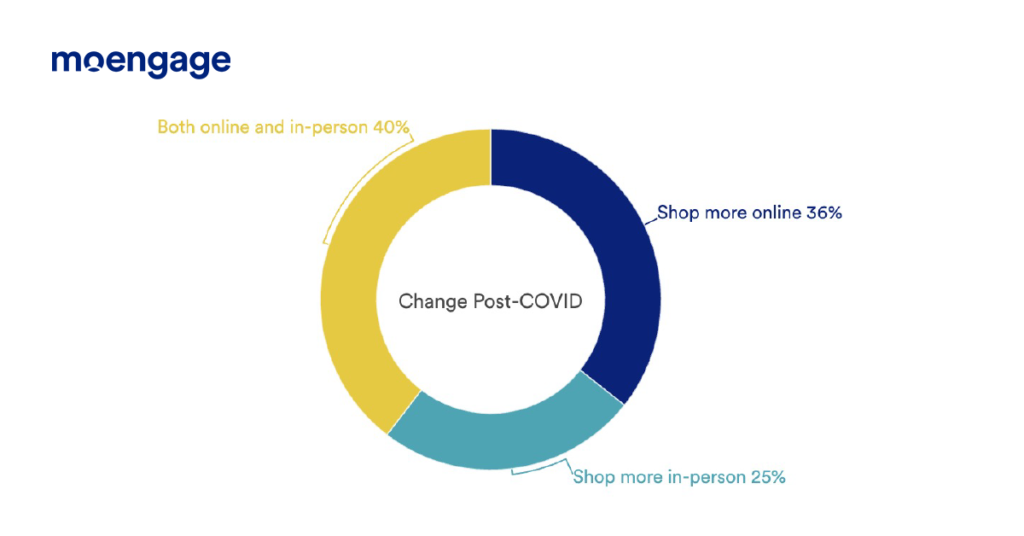Engaging Your Customers In The Age Of Virtual Oktoberfests
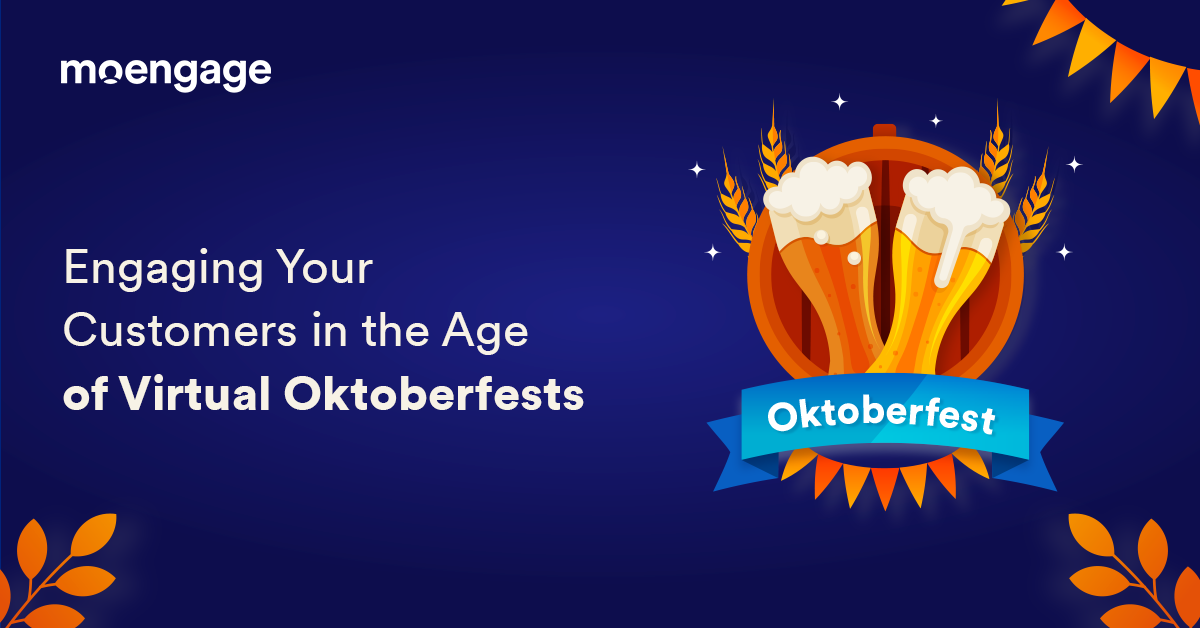
Reading Time: 6 minutes
Imagine being at a festival surrounded by enthusiastic people, authentic german beer, intoxicating music, scrumptious bratwurst and saurkraut. The event sells itself, doesn’t it? Nein. While the allure of the traditional german festival is hard to resist, to make a lasting impression on your customers that lasts longer than September and October, you need to do more than sell them a couple of crispy beers, you need to understand them. The photos below give us a sense of why this fun festival brings in around 6 million people every year. However, if the past few years have taught us anything, it is that with digital transformation, a deep understanding of your customer and the right platform (social media, email, SMS, push notifications etc.), beer brands can effectively engage their audiences.
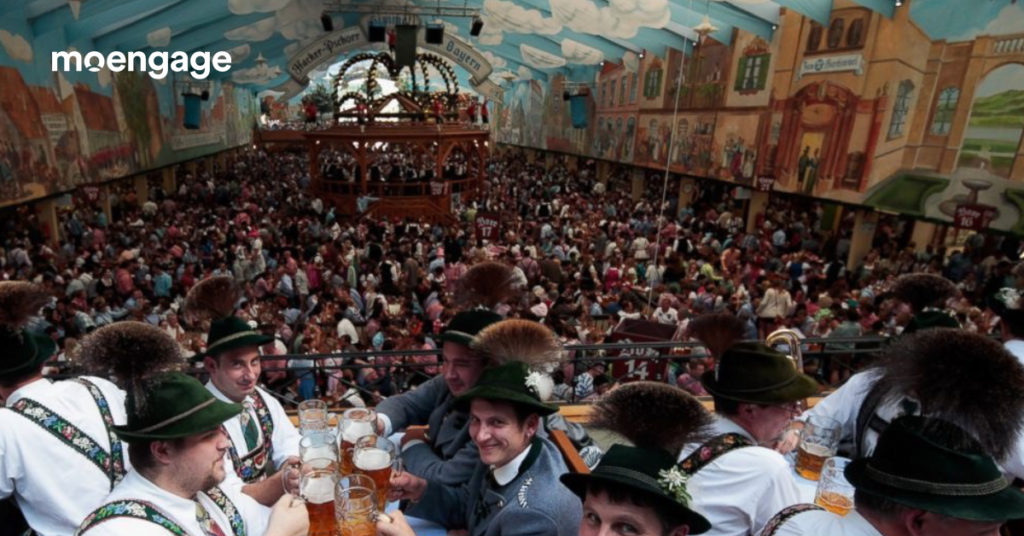
Tapping into your customer base: Understanding the motivation to buy in the age of virtual Oktoberfests
The pandemic, the economic turmoil, and the increased cost of living permanently altered the way we think and the way we buy. Marketers need to ponder, and ponder hard on what their customer engagement strategy would be in this world of virtual Oktoberfests.
-
How do customers shop?
Armed with the endless possibilities of the hyper-connected digital world, our purchases became more convenience-driven. With the plethora of information available on how to approach holiday marketing, we understand it becomes overwhelming. That’s why we put together a recipe book with ingedients and holiday promotion ideas to execute successful holiday marketing campaigns.
Marketers need to understand how customers will behave. Will the customers flock to stores and pubs or prefer shopping online? To help brands understand how their customers will shop in the brave new world, we surveyed 1000+ customers. The compilation of the survey results is a report titled “Personalisation Pulse Check“. The report stated that 40% of North American and European consumers will adopt a hybrid model of online and offline shopping , while 36% would prefer shopping online.
While oktoberfest might be one of the top bucket list events, if done right the beer festival could help you build a loyal customer base.
When COVID-19 restrictions go back to how they were pre-COVID, how do consumers expect to engage with brands? Would they rush to attend Oktoberfests or frequent pubs? Or would they want to still stay at home?
-
How has the customer’s sense of the value of money changed?
Despite the cancelled Oktoberfests and closed pubs, most beer brands that have succeeded in navigating the virtual world have understood their customers well. To build a strong campaign, marketers need to understand what makes your customer buy from one brand vs another.
-
Generational differences
The industry has customers from all age groups. From boomers to Gen X to Millennials, the journey from a “production economy” to a “service economy” to today’s “identity economy”, a marketer’s message will differ. Today’s customer, driven by the pandemic fueled importance of mental health seeks answers to questions like “who am I?” and “who will you as a brand help me become?”Gen Z and millennials as a cohort buy from brands that are socially responsible and align with their values. Brands marketing to this cohort should focus on value-based buying as a concept. This cohort is also more likely to buy locally and try newer brands. Baby boomers are more convenience-driven and aren’t interested in browsing while shopping. They know what they want, and look for a store that they know the item is available in.
-
The health-conscious customer
Today’s customers are working extensively towards achieving a healthier lifestyle which prompts them to choose healthier food and beverage options. This coupled with trends like “Sober October” and “Sober Curious folks are making non-alcoholic beers a popular choice.
Bubbly Beer Campaigns Marketers Can Learn From
-
Appeal to the socially conscious- BrewDog:
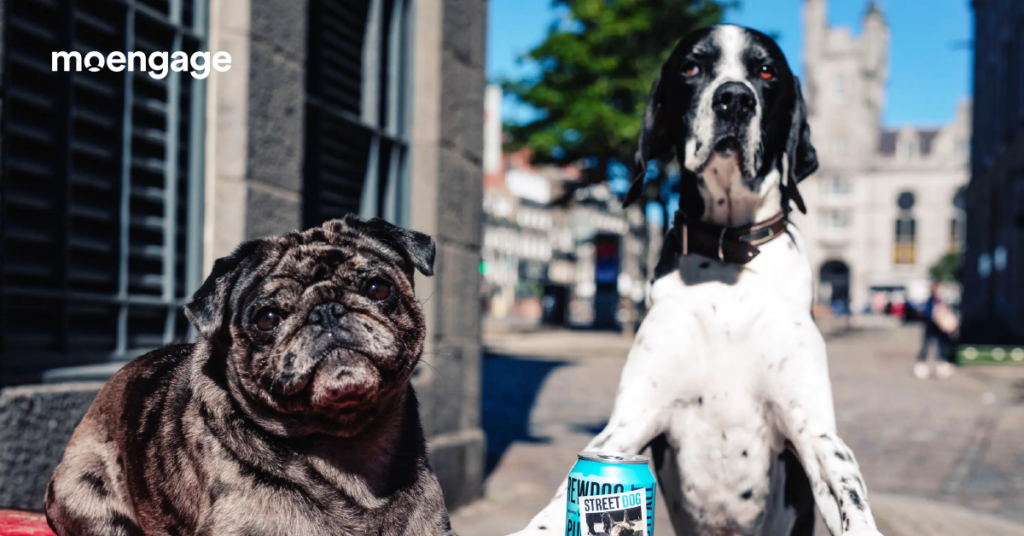
BrewDog, the Scottish Craft Beer company has always managed to make a mark with its creative and hard-hitting campaigns. The brand has built multiple campaigns to highlight its altruistic focus. Be it distributing BrewDog branded hand sanitisers to front line workers or the recent launch of “Street Dog: limited edition Punk IPA”. For the Street Dog launch, the brewing giant teamed up with Dogs on the Streets and All Dogs Matter using the space on their can to display pictures of dogs that are on the lookout for a forever home. The campaign garnered attention from celebrities like Ricky Gervais who showed support for the brand by tweeting about the campaign. Their recent “Beer for the planet” campaign celebrates inclusivity and environmental consciousness. It positions the brand as the world’s first carbon-negative brewery that plants a tree for every beer you buy.
-
Engaging with the customer- Molson Coors & Carlsberg
“We should get a beer when this is over” is something we’ve all seen on a text thread or heard on a phone call from our colleagues, friends, family etc. Molson Coors, to help friends reconnect, the brand offered to pick up the first round if they’re able to show a screenshot of the text that reads “We should get a beer”.
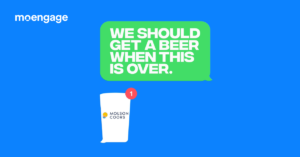
The Carlsberg “Adopt a keg” campaign rewards lockdown drinkers with pub pints post lockdown. The campaign encourages customers to fill a virtual keg by scanning labels of store-bought cans or bottles, once you scan 4 labels you get a pint post lockdown. As a result of this campaign, more than 2,000 virtual kegs were created within the first 48 hours. By June, 10,000 kegs were created, 600 bars had signed up to be included in the initiative and the campaign had been expanded to four markets.
-
Heineken on achieving personalisation:
In an interview with Wharton Business School, the Head of Innovation at Heineken spoke about their personalisation strategy and said that they build a customer profile to include their preferences and offer recommendations based on these. They also analyse their data to respond to customers who are environmentally conscious, health-conscious, savings driven etc.
Retaining your lockdown customers post COVID
Now that we’ve seen the creative approaches beer brands have adopted to ensure good brand awareness and retention in a time of cancelled Oktoberfests, let’s look at strategies that can facilitate acquisition and retention for your customers.
-
Build your customer profile
Collect data from all your sources, to build a unified customer profile that helps you analyse behaviour trends based on their past purchases, the activity on your website or app, what channel they’ve engaged with you on, when are they most active etc. This will help you segment users based on these criteria to reach out with the most relevant message that appeals to them.
-
Personalise or perish
Customers today are willing to share personal information in exchange for receiving relevant communication tailored to their liking. Do not send generalized communication to everyone. Make use of the data you collected to build the customer profile. Leverage the behavioural data, their preferences etc to build personalised messaging. For example, multiple regions in a country could have different lockdown restrictions still. Be mindful of these when you send messages about visiting the nearby pub or delivering to them.
-
Engage with them across channels
Post lockdown, the avenues of interacting with your customers have only increased. Ensuring you provide a seamless, consistent experience to them across all channels is vital. You cannot reach out to them with one message via email while saying something contradictory in the push notification you send out.
-
Incentivise their engagement:
Both Carlson and Molson Coors incentivized customer interactions during lockdown to ensure more engagement post-lockdown. Offering their customers a free beer to perform certain activities on their app or website saw customers regularly interact with the brand online and offline.
Whether there is an Oktoberfest or not, one thing is for sure. Beer brands are innovative and resilient. Brands employing a customer-centric approach to engagement are certainly thriving and will continue to do so. To help your brand through engageming customers during and post holiday season we’ve put together an eBook with 7 Best Customer Engagement Recipes for the Holiday Season, with special ingredients, tools, and recipes to brew a perfect insights-led holiday campaign.
Further Reading:
4 App Retention Strategies for Retail and D2C to Boost Customer Engagement
Retail Strategies and Omnichannel Engagement Frameworks
Six Ways To Successfully Blend In-Store And Online Retail Experiences






